Texture Photography Ideas & Inspiration
Discover creative ways to capture textures with our curated collection of macro photography ideas, lighting tips, and professional techniques
Texture photography transforms everyday surfaces into captivating abstract art. Whether you're exploring natural patterns, industrial materials, or fabric weaves, the right approach can reveal hidden beauty in the mundane. Our collection showcases various styles from rustic organic textures to modern geometric patterns, helping you find inspiration for your next macro or close-up photoshoot.
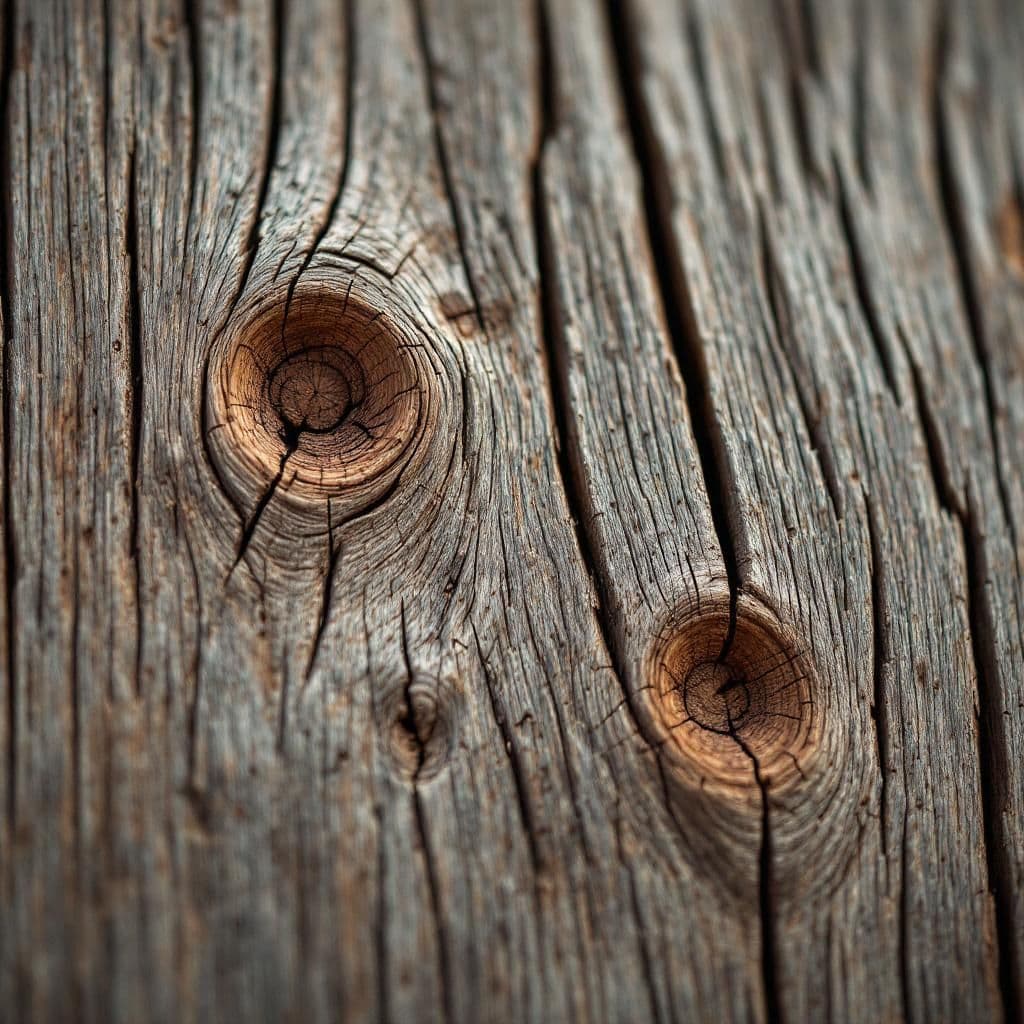
Weathered Wood Grain
Close-up of weathered wood showing natural grain patterns, knots, and aging that tell a story of time.
Pro Tip: Shoot weathered wood at an angle to emphasize grain patterns and natural wear. Side lighting reveals depth in the wood texture.
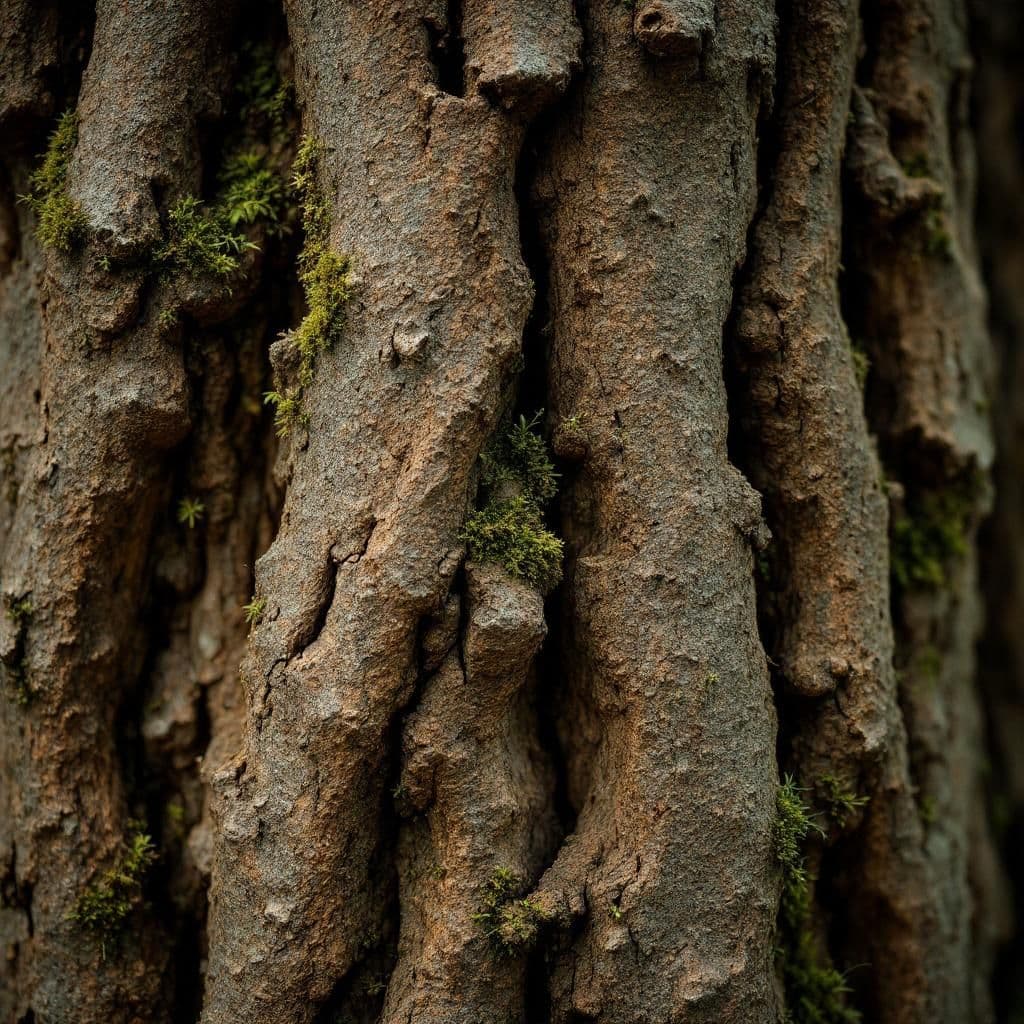
Tree Bark Detail
Detailed bark texture showing rough patterns, crevices, and organic color variations found in nature.
Pro Tip: Macro shots of bark reveal intricate patterns and colors invisible to the casual observer. Look for moss and lichen for added interest.
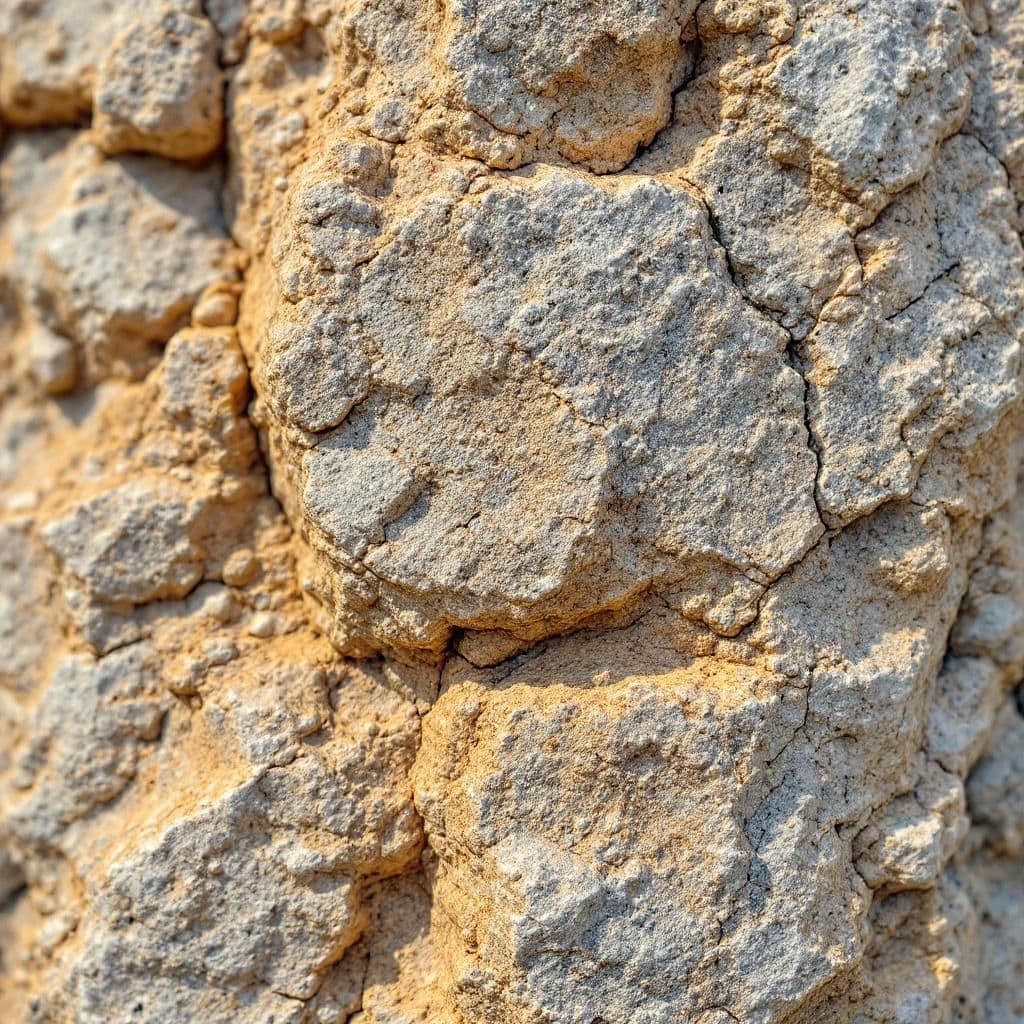
Natural Stone Surface
Natural stone texture displaying mineral patterns, erosion marks, and the layered history of geological formation.
Pro Tip: Stone textures show geological history. Wet the surface slightly to enhance colors and make mineral patterns more visible.
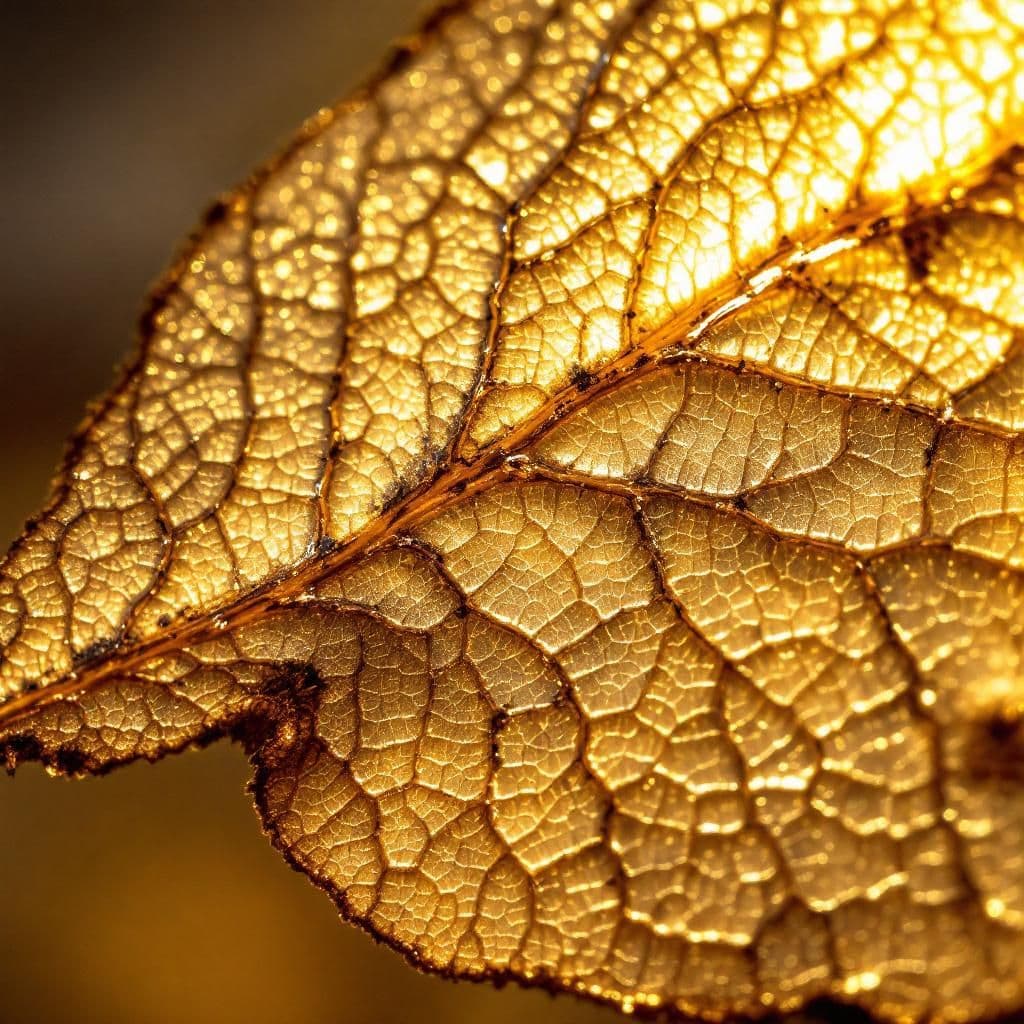
Dried Leaf Veins
Intricate vein patterns of dried leaves creating delicate natural networks and organic geometric patterns.
Pro Tip: Backlight dried leaves to make vein structures glow. The skeletal pattern creates beautiful natural geometry.
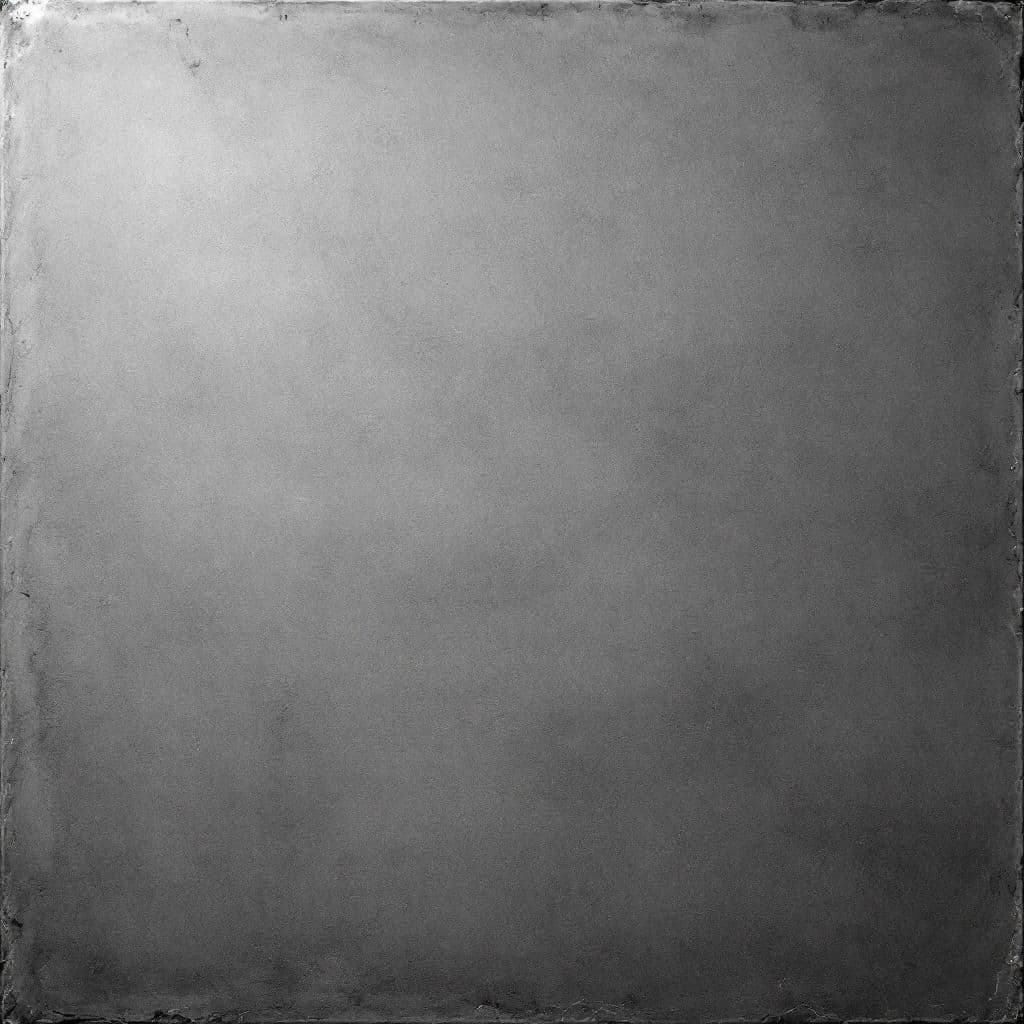
Concrete Brutalism
Smooth concrete surface with subtle texture variations creating a modern, industrial aesthetic.
Pro Tip: Concrete textures offer subtle variations. Shoot straight-on for minimalist appeal or at angles for dimensional interest.
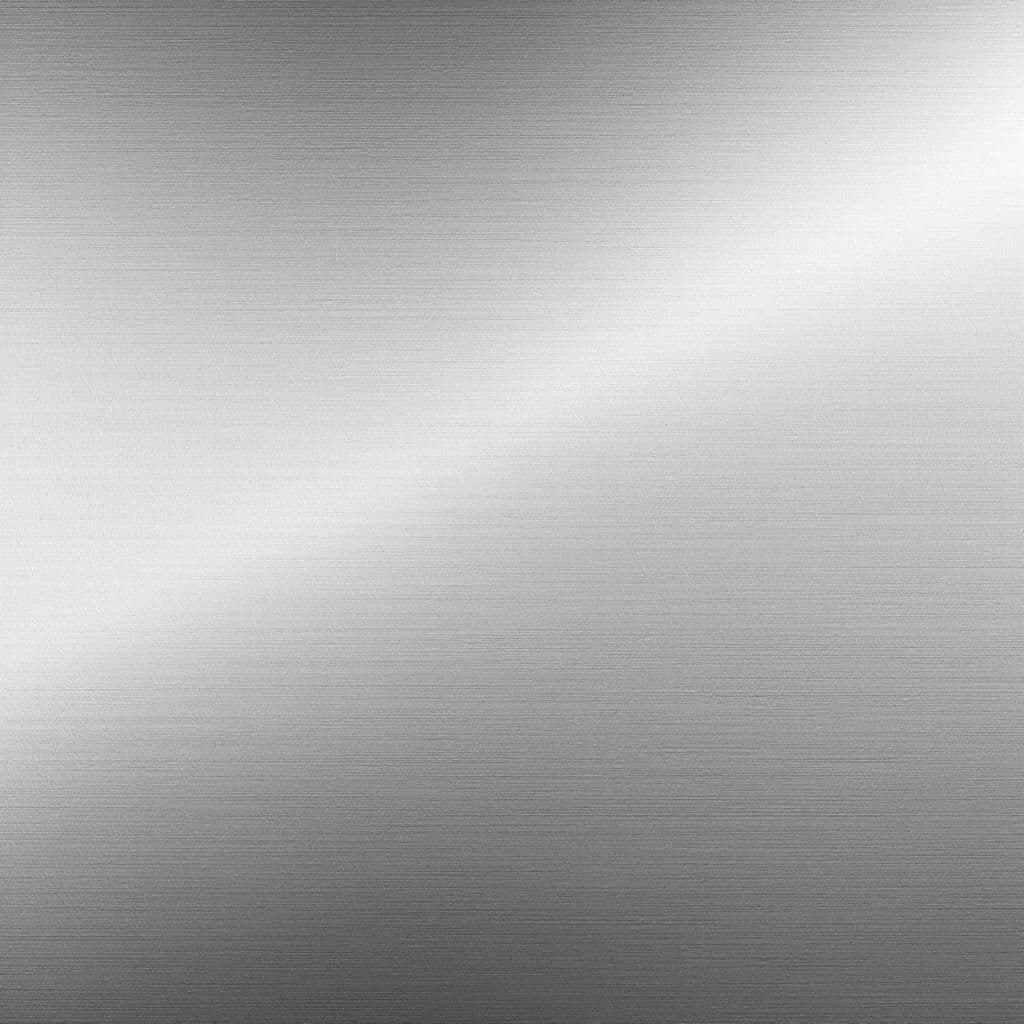
Brushed Metal
Brushed metal surface showing parallel lines and reflective qualities of industrial materials.
Pro Tip: Metal textures reflect light dramatically. Use directional lighting to emphasize brushed patterns and create linear highlights.
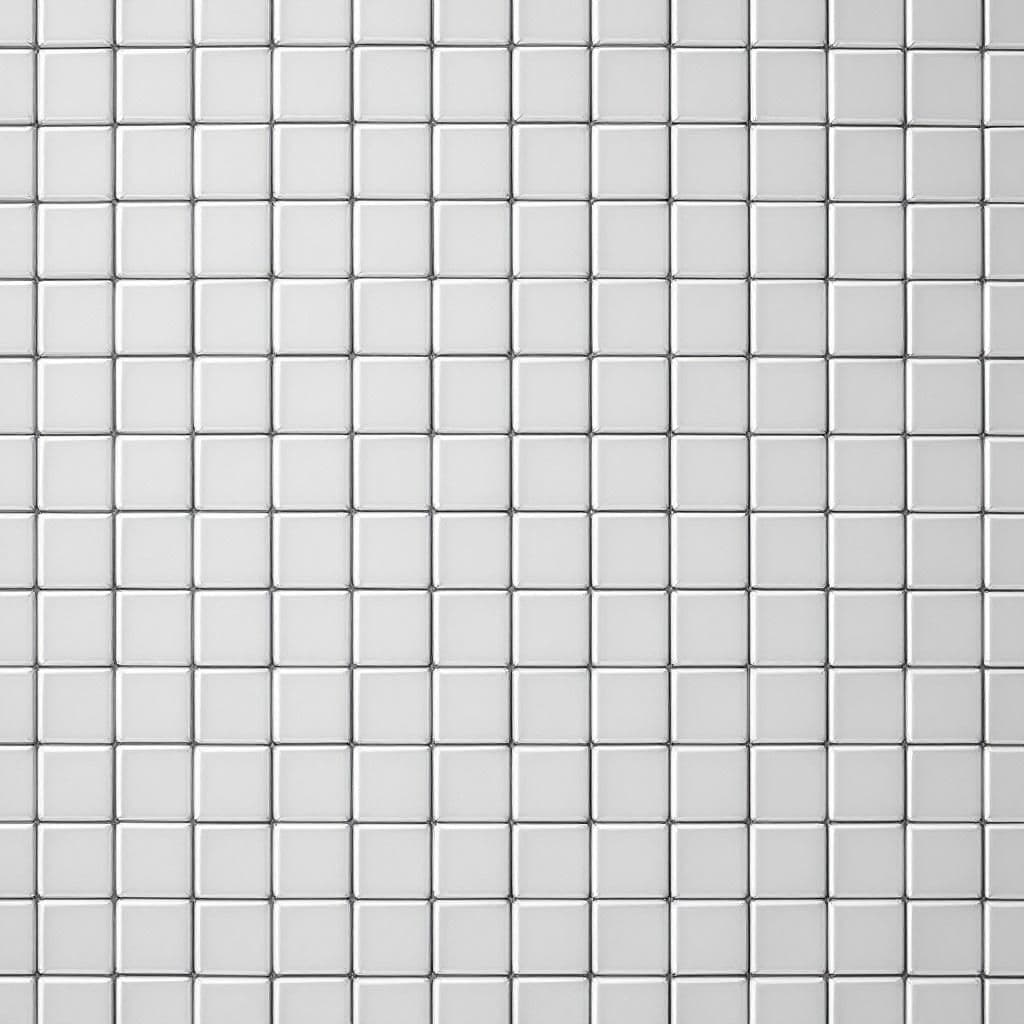
Geometric Tile Pattern
Repeating geometric tile pattern showcasing clean lines, symmetry, and modern architectural design.
Pro Tip: Tile patterns create geometric repetition. Shoot from directly above for perfect symmetry and pattern emphasis.
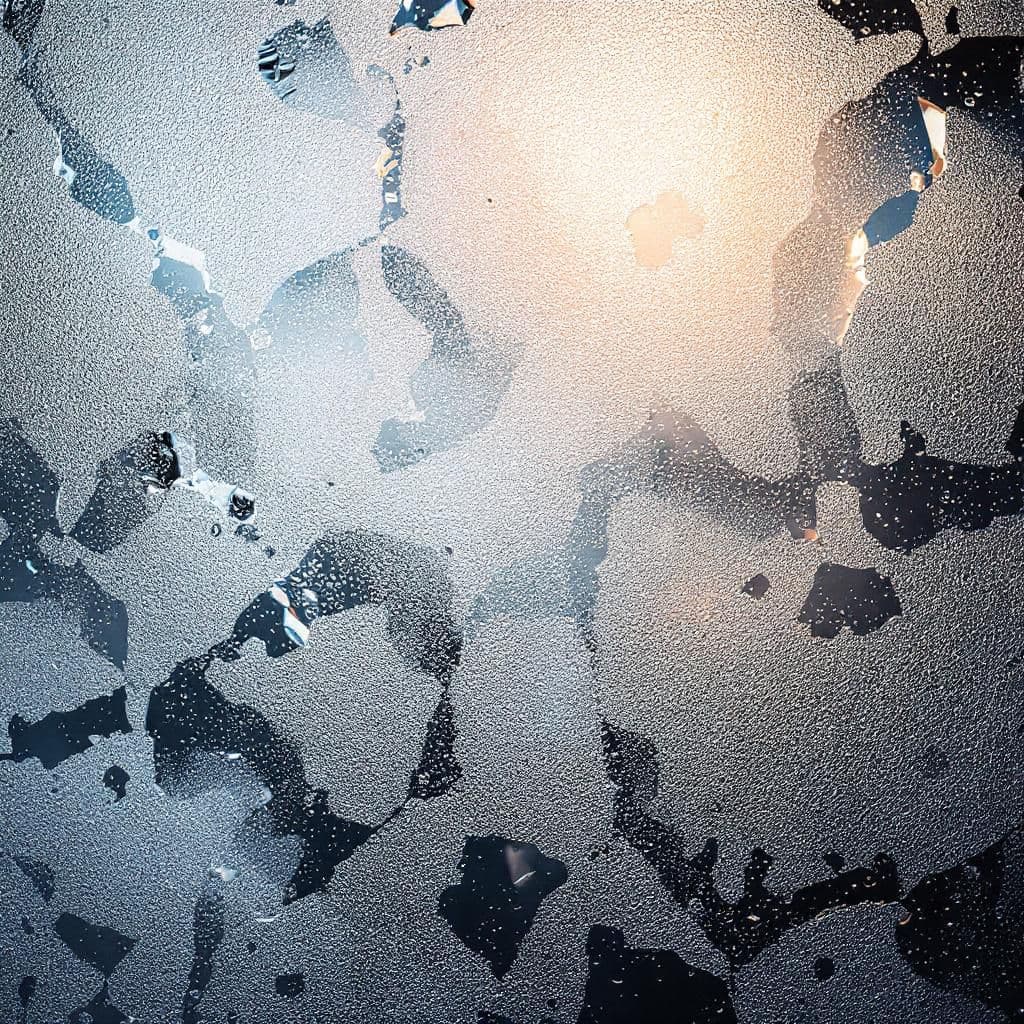
Glass Refraction
Textured glass surface creating abstract light patterns and refraction effects for modern aesthetic.
Pro Tip: Textured glass creates beautiful light patterns. Backlight reveals the texture while creating ethereal, abstract effects.
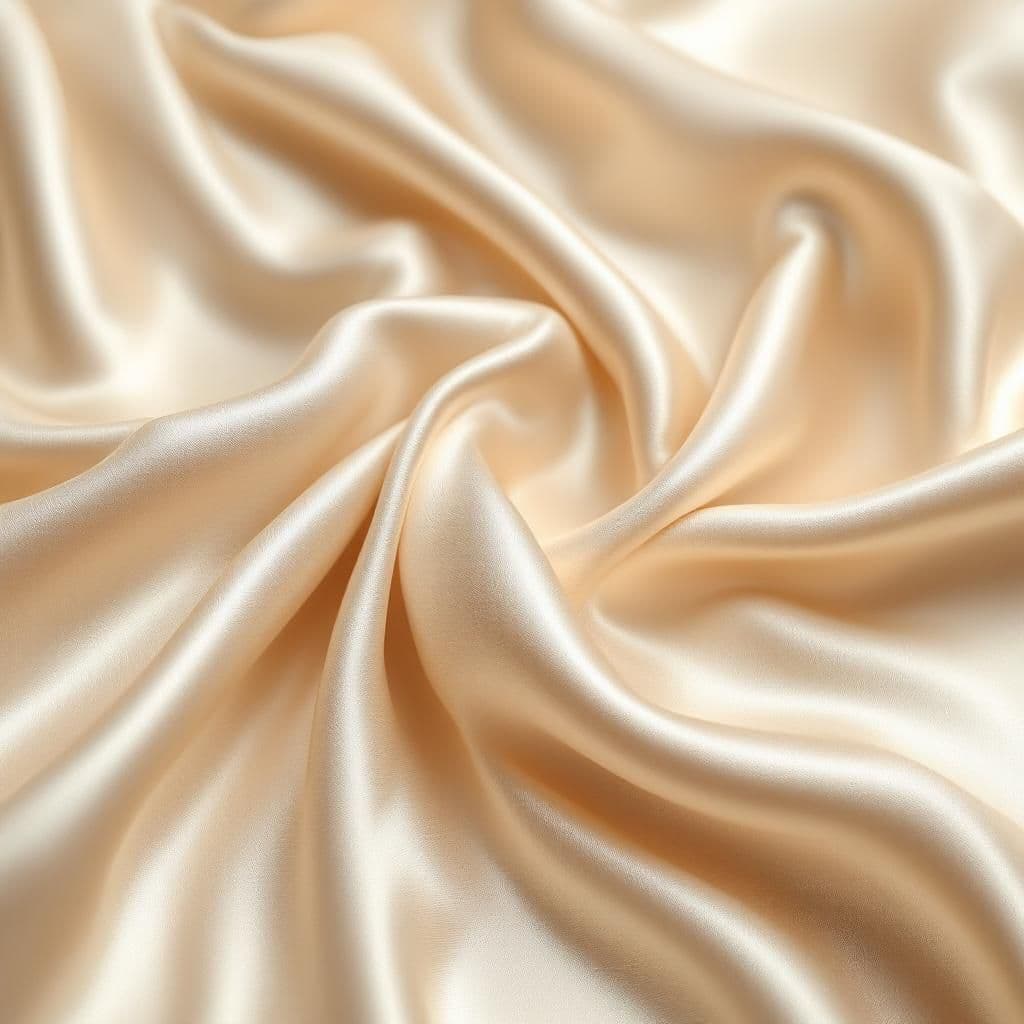
Silk Fabric Folds
Luxurious silk fabric with elegant folds and light reflection showcasing premium textile quality.
Pro Tip: Silk reflects light beautifully. Arrange folds to catch light and create shadows that emphasize the fabric's luxurious quality.
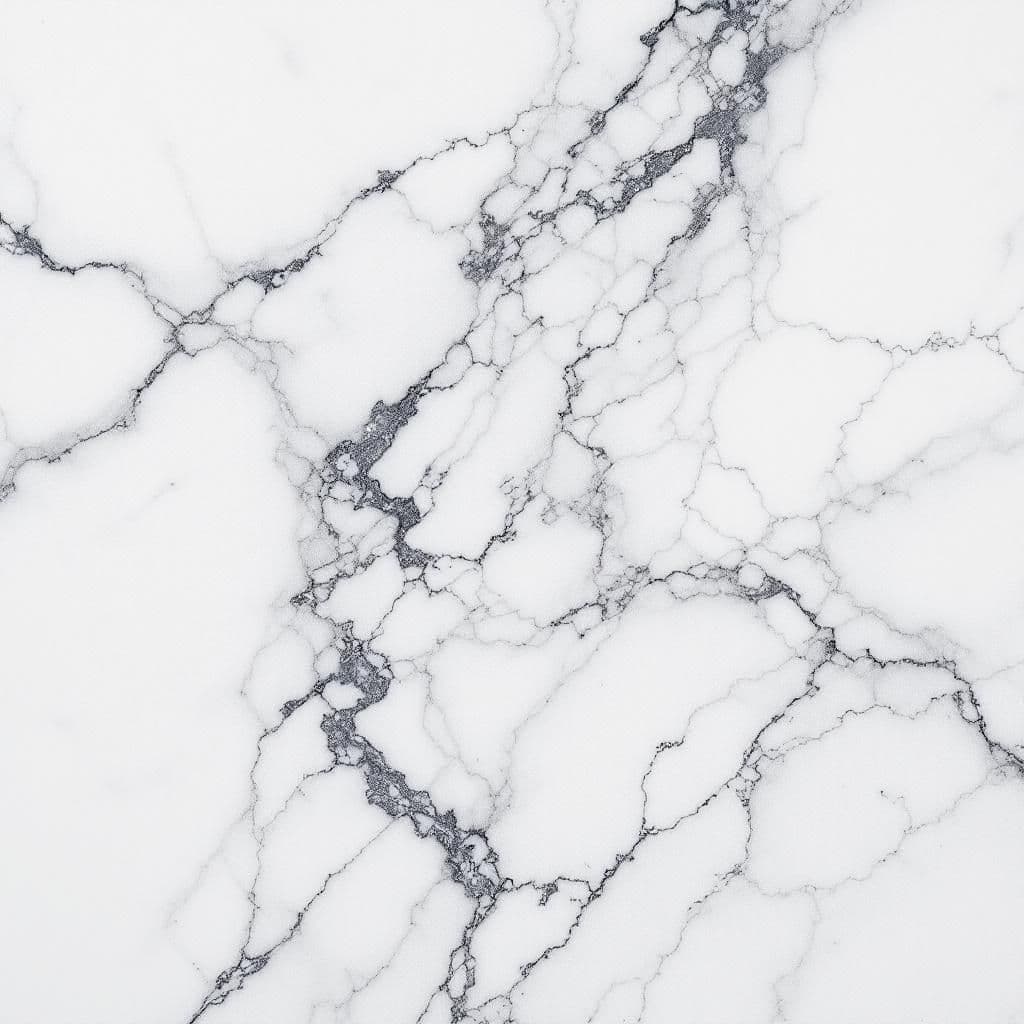
Marble Veining
Natural marble veining patterns displaying the unique geological artistry of premium stone.
Pro Tip: Marble veining is unique in each piece. Capture the natural patterns that make marble a luxury material.
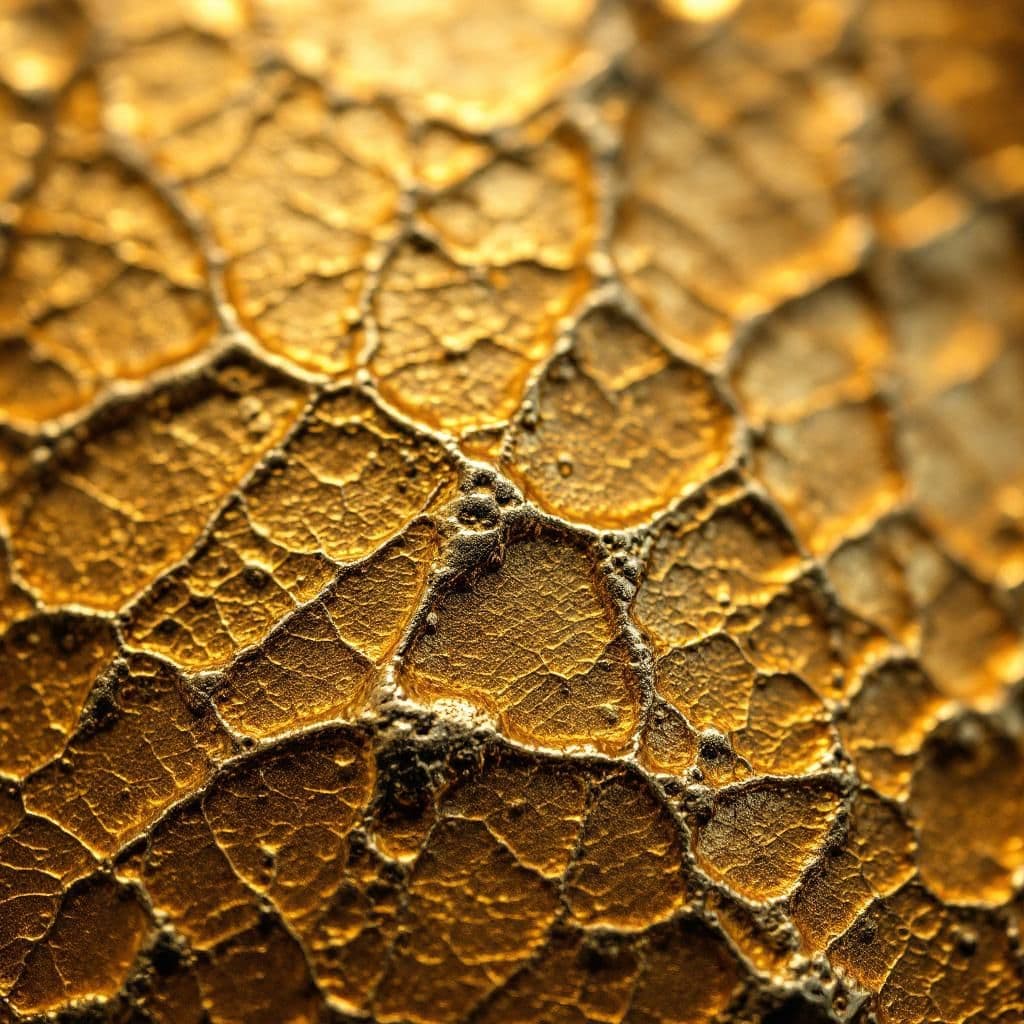
Gold Leaf Detail
Intricate gold leaf texture showing metallic shimmer and irregular organic patterns of luxury craftsmanship.
Pro Tip: Gold leaf has irregular, organic patterns. Lighting angle is crucial to capture its reflective and textural qualities.
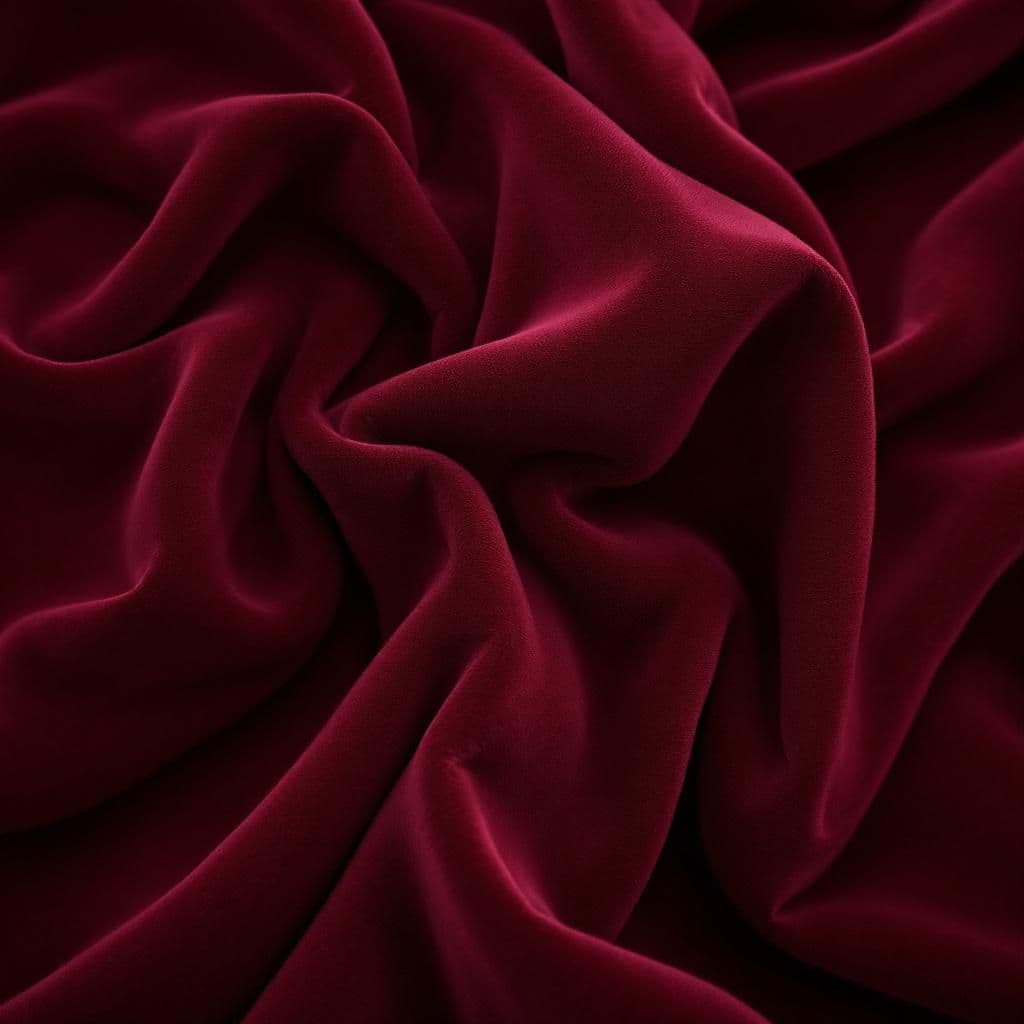
Velvet Depth
Deep velvet pile texture showcasing the rich, dimensional quality of premium fabric.
Pro Tip: Velvet has directional pile that changes appearance. Side lighting reveals the depth and richness of the fabric texture.
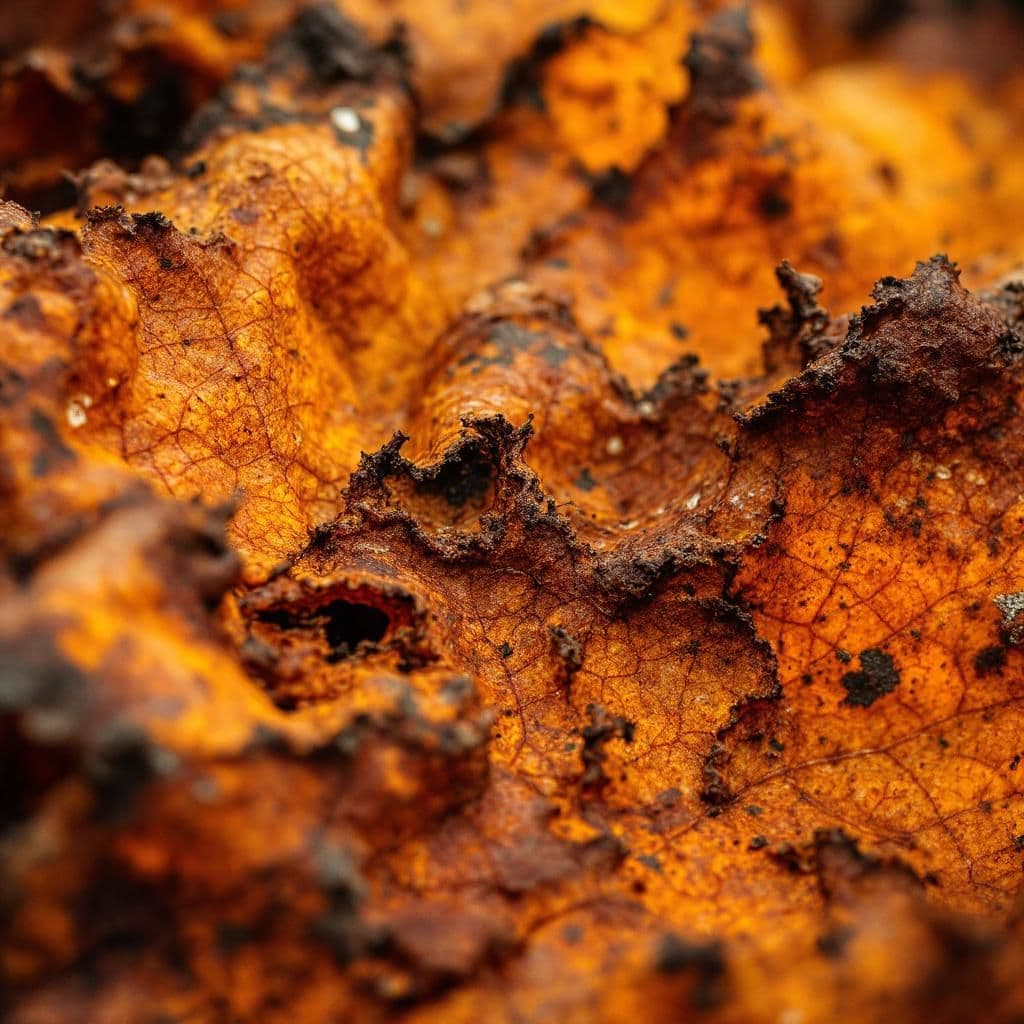
Autumn Leaf Decay
Decaying autumn leaves displaying rich color transitions and organic deterioration patterns.
Pro Tip: Autumn leaves in decay show beautiful color transitions and organic patterns. Capture the stages of transformation.
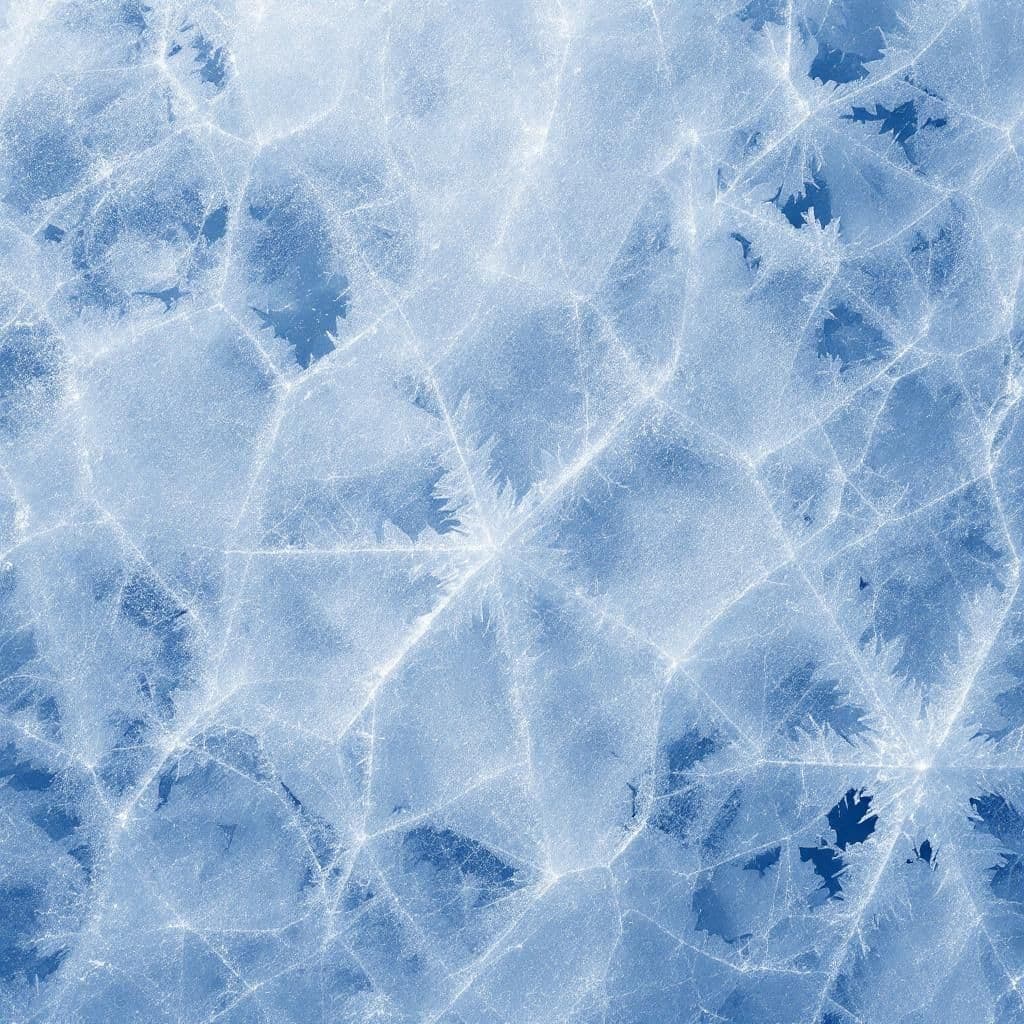
Ice Crystal Patterns
Delicate ice crystal formations creating intricate natural patterns on frozen surfaces.
Pro Tip: Ice creates unique crystal patterns. Shoot early morning when frost is fresh and use macro to capture intricate details.
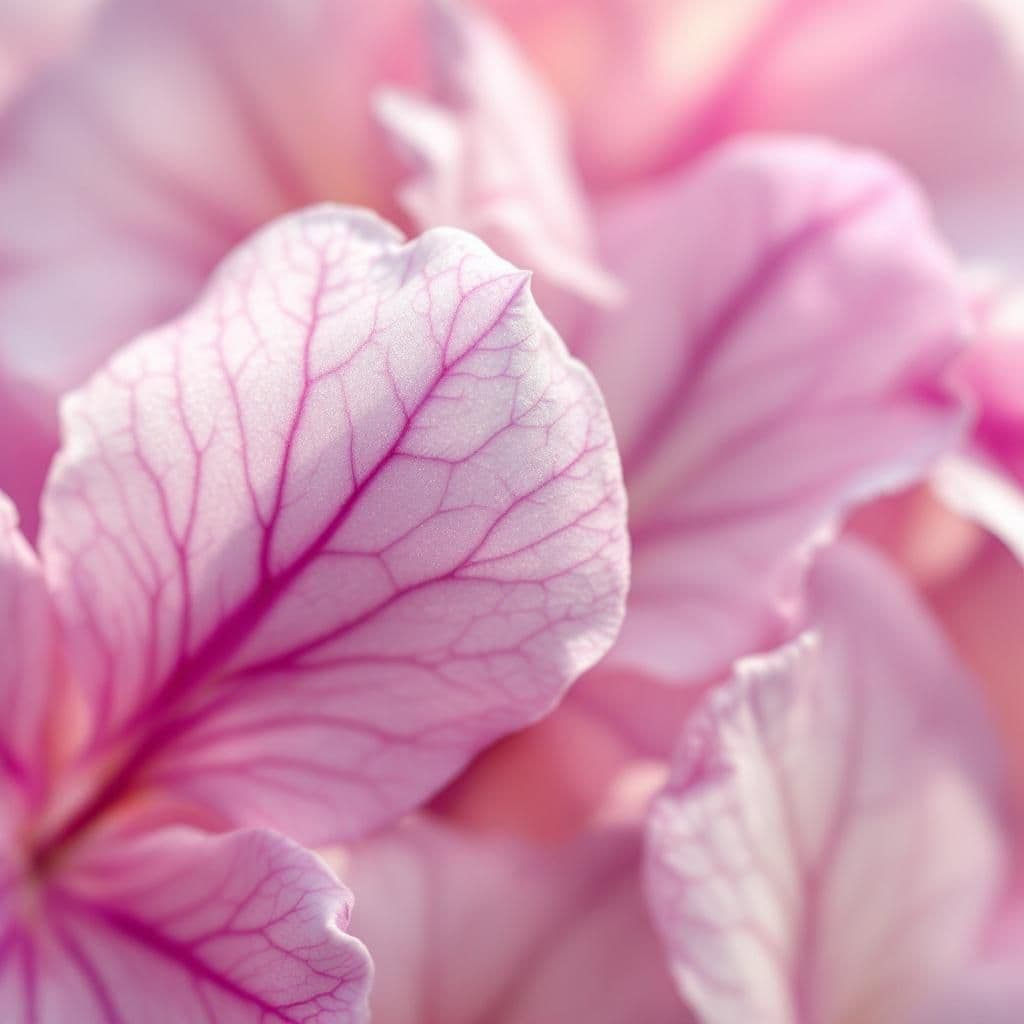
Spring Flower Petals
Soft flower petal texture showing delicate vein patterns and translucent organic beauty.
Pro Tip: Flower petals have delicate textures and translucent qualities. Backlight or side light reveals vein structures.
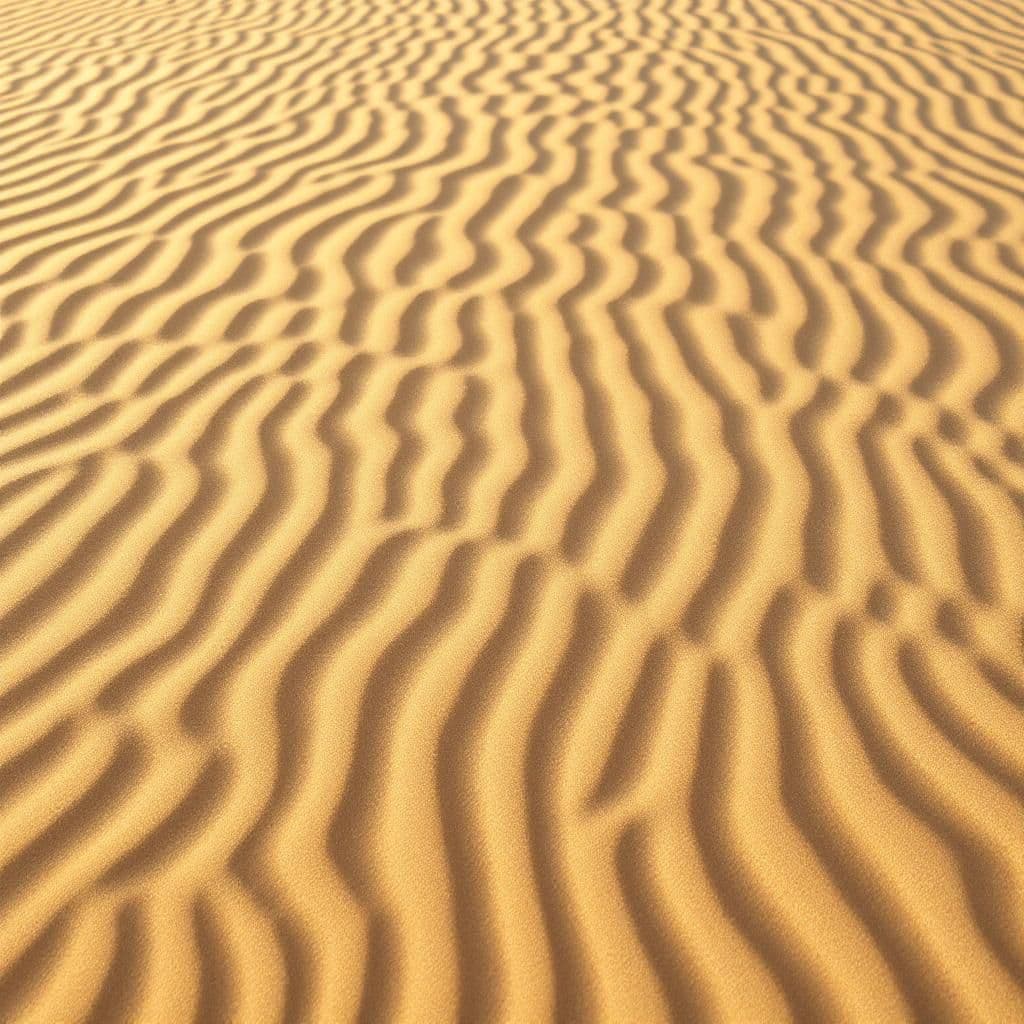
Summer Sand Ripples
Wind-formed sand ripples creating natural wave patterns and geometric formations.
Pro Tip: Sand ripples are created by wind. Shoot with low angle light to emphasize the shadows and dimensional patterns.
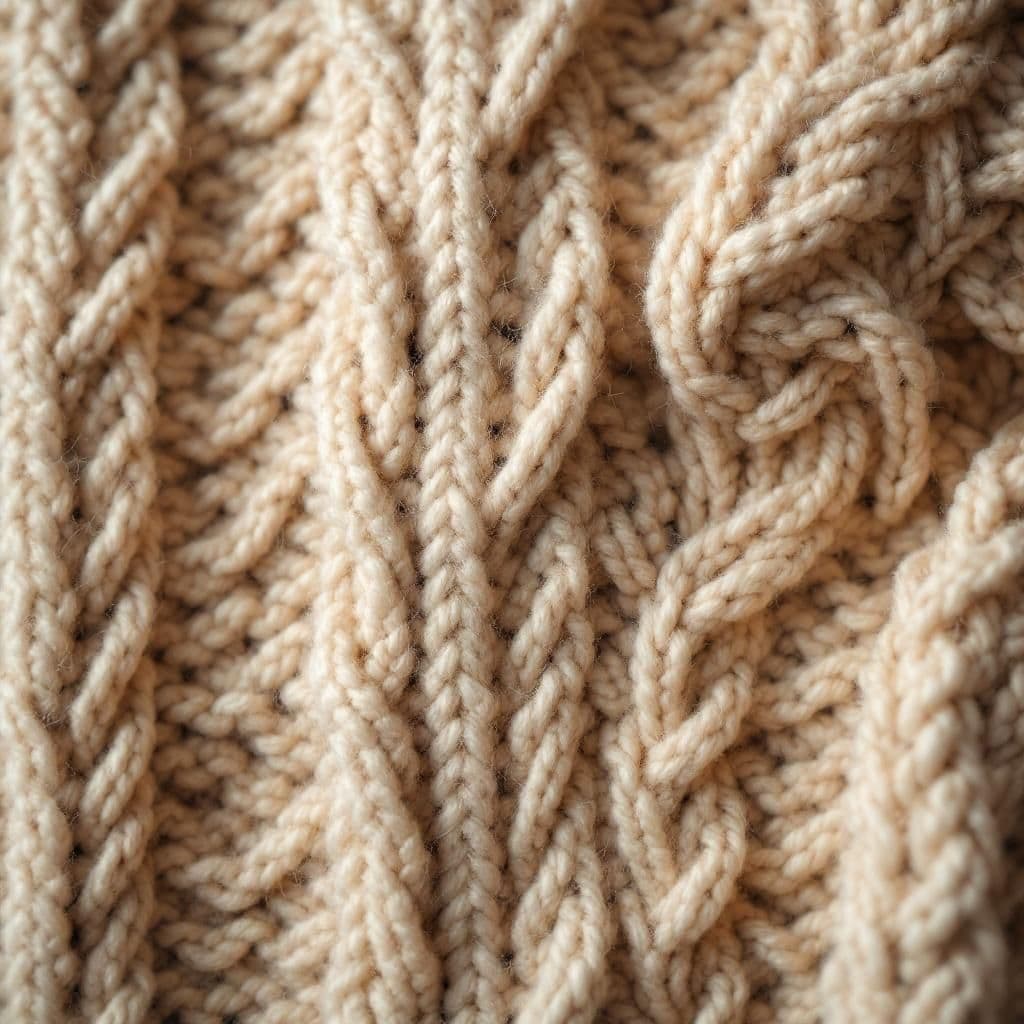
Knitted Wool Pattern
Cozy knitted wool texture displaying handcraft patterns and the warmth of textile artistry.
Pro Tip: Knit textures are cozy and tactile. Close-ups reveal the craft and create a sense of warmth and comfort.
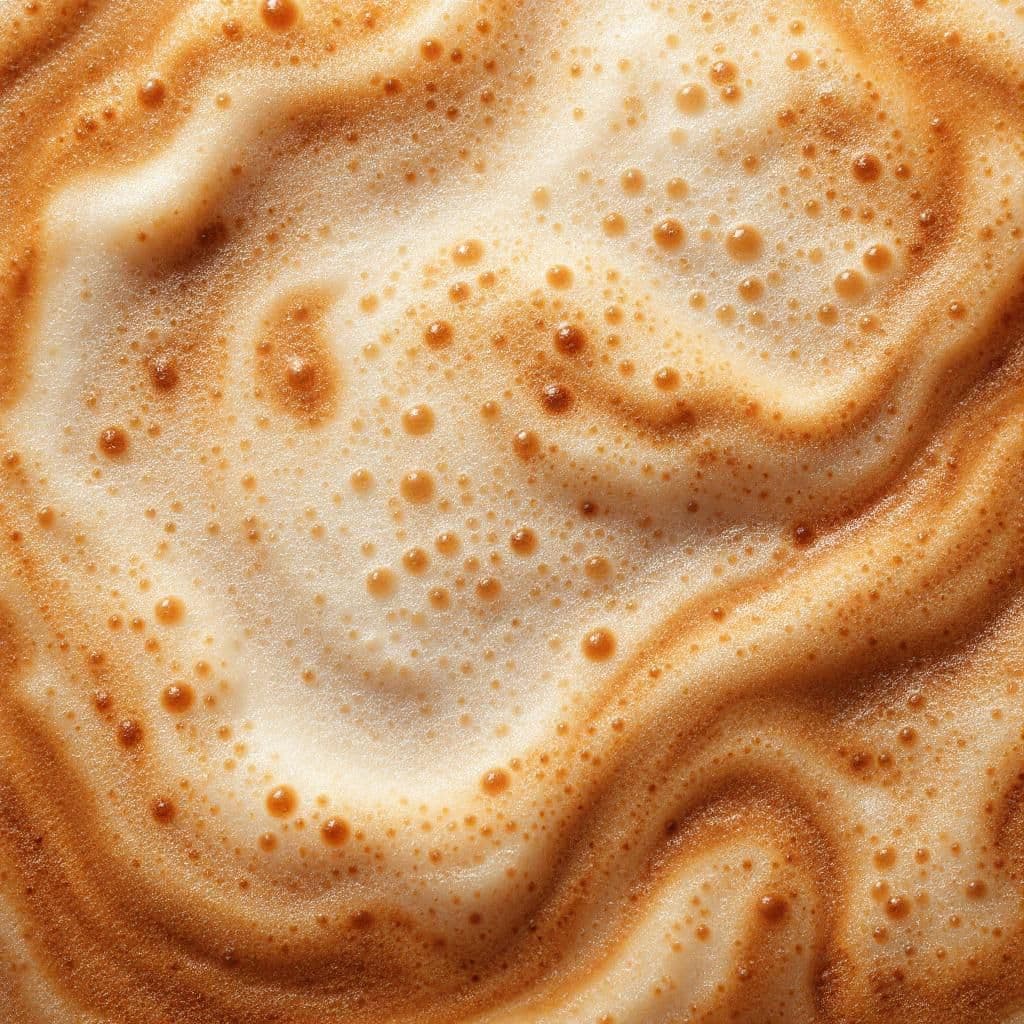
Coffee Foam Bubbles
Delicate coffee foam bubble patterns creating organic, temporary texture in everyday moments.
Pro Tip: Coffee foam creates temporary, delicate bubble patterns. Shoot from directly above to capture the full surface texture.
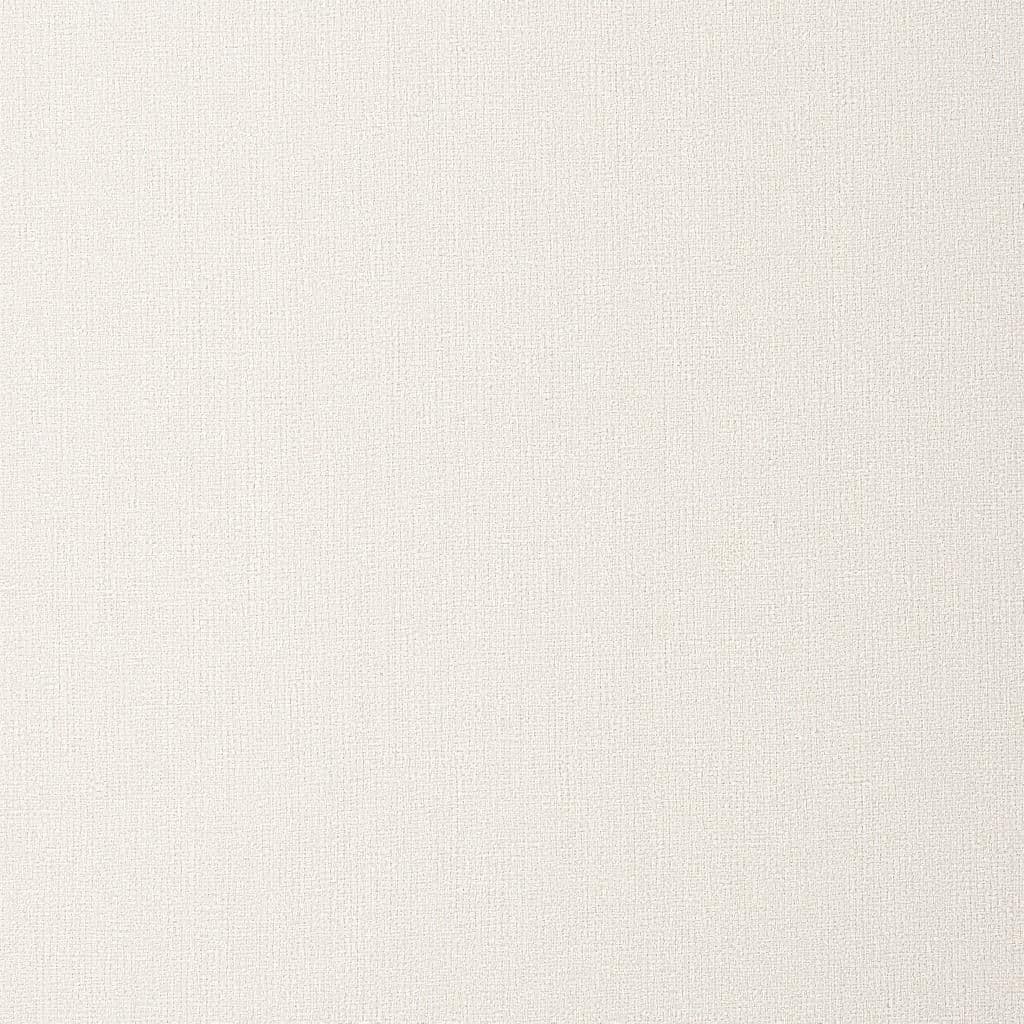
Linen Fabric Weave
Natural linen weave texture showing the organic, irregular pattern of quality textiles.
Pro Tip: Linen has a beautiful irregular weave. Close-up shots reveal the natural texture that makes linen feel organic and comfortable.
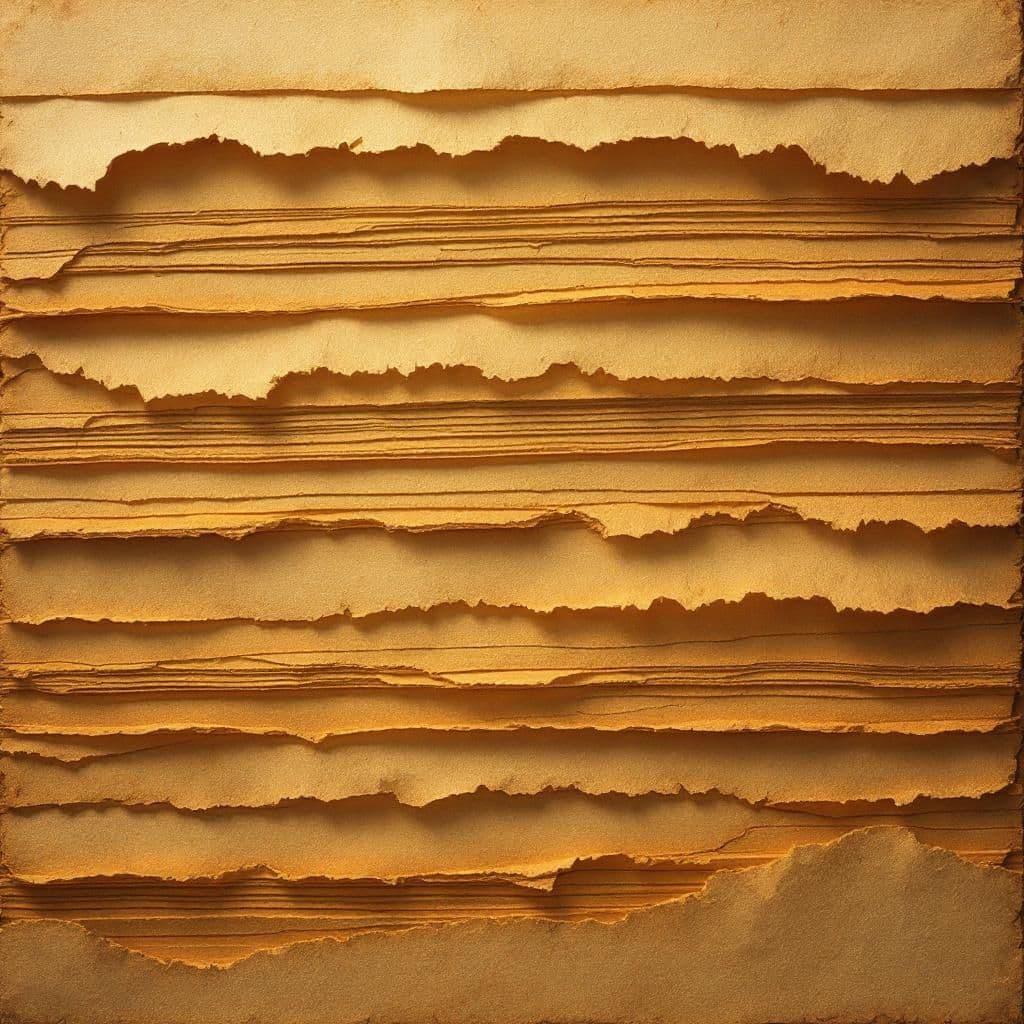
Book Page Edges
Layered book page edges displaying patina, aging, and the tactile beauty of printed materials.
Pro Tip: Book page edges create layered patterns. Aged books show color variation and wear that tells a story.
Photography Tips & Techniques
Master the art of candle photography with these professional tips
Macro & Close-Up
Get close to your subject to reveal details invisible to the naked eye. Macro lenses or extension tubes help capture intricate patterns and surface variations.
Best for: Natural textures, fabric weaves, and detail-rich surfaces
Neutral Backgrounds
Isolate textures against neutral backgrounds to eliminate distractions and make patterns the sole focus of the composition.
Best for: Product textures, material samples, and abstract texture studies
Natural Context
Show textures in their natural environment to provide scale and context while maintaining focus on the surface patterns.
Best for: Environmental textures, architectural details, and nature photography
Contrasting Elements
Pair smooth with rough, or organic with geometric to create visual interest and emphasize each texture's unique qualities.
Best for: Artistic compositions, design work, and conceptual photography
Pattern Repetition
Capture repeating patterns to create rhythm and visual harmony, filling the frame with texture.
Best for: Architectural textures, geometric patterns, and graphic design elements
Natural Materials
💡 Natural materials offer infinite variety and often look best in natural lighting conditions.
Industrial Surfaces
💡 Man-made materials provide geometric patterns and modern aesthetics. Look for weathering and age.
Textiles & Fabrics
💡 Fabric textures respond beautifully to directional lighting. Folds and draping add dimension.
Food Textures
💡 Food textures are incredibly diverse. Macro photography reveals unexpected patterns and details.
Side Lighting
Light from the side creates shadows that emphasize depth and dimensional texture. Essential for revealing surface irregularities.
When to use: Best for rough textures, fabric folds, wood grain, and any surface with dimensional variation.
Backlighting
Light from behind reveals translucent qualities and creates glowing edges. Perfect for thin or semi-transparent materials.
When to use: Ideal for leaves, petals, thin fabrics, and materials with translucent properties.
Diffused Soft Light
Soft, even lighting reduces harsh shadows and shows subtle color and tonal variations in the texture.
When to use: Best for smooth textures, subtle patterns, and when you want to minimize dramatic shadows.
Raking Light
Extremely low-angle light grazes across the surface, creating maximum shadow and emphasizing even subtle texture.
When to use: Perfect for nearly flat surfaces where you want to emphasize subtle texture and imperfections.
Fill the Frame
Get close and fill your entire frame with the texture to create immersive, abstract compositions.
Find Patterns
Look for repeating patterns or organic rhythms within textures to create visual harmony and interest.
Use Depth of Field
Shallow depth of field can isolate specific texture areas, while deep focus reveals layered patterns throughout.
Look for Contrast
Seek out areas where textures change - smooth to rough, light to dark - for compelling focal points.
Consider Scale
Include elements that provide scale reference, or shoot abstract to let viewers guess the subject's true size.
Discover Other Photography Ideas
Continue exploring inspiration across additional product categories and styling approaches.
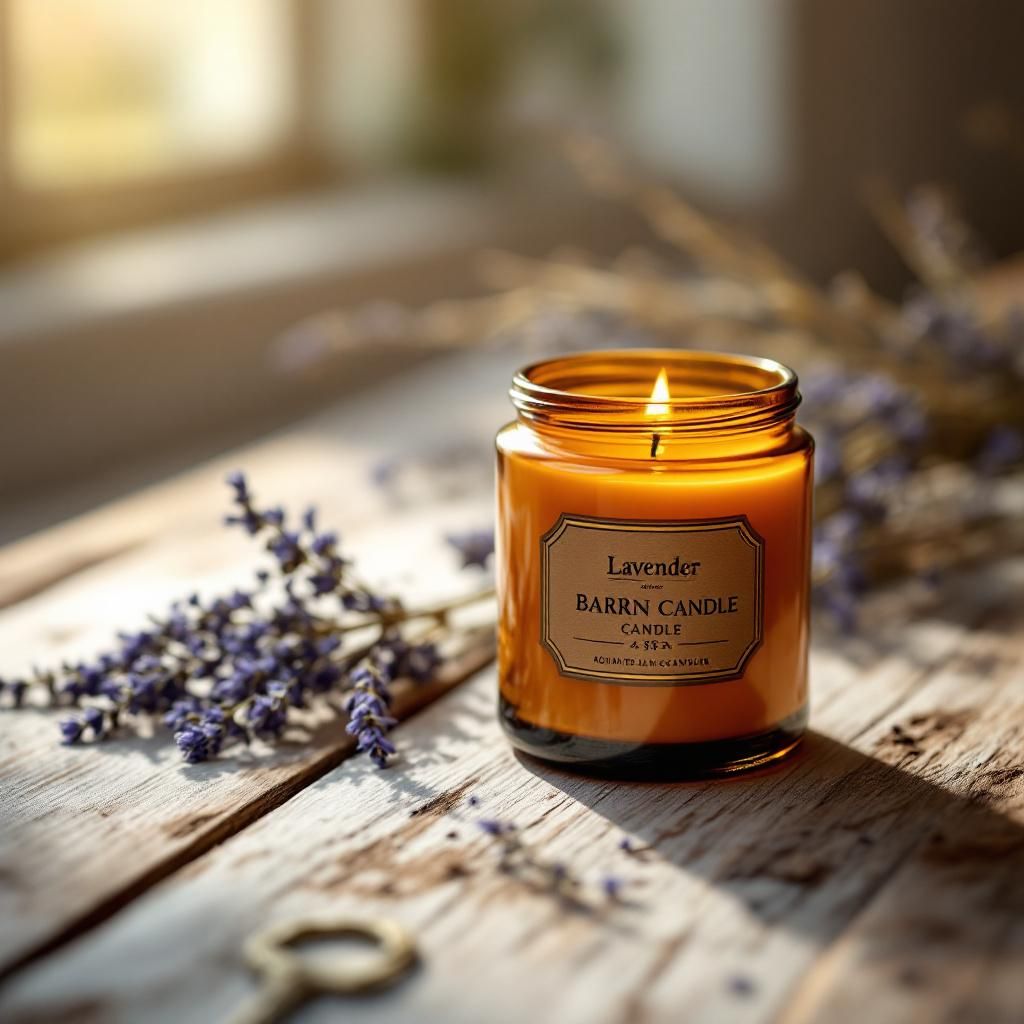
Discover creative ways to photograph candles with our curated collection of styling ideas, backgrounds, and professional tips
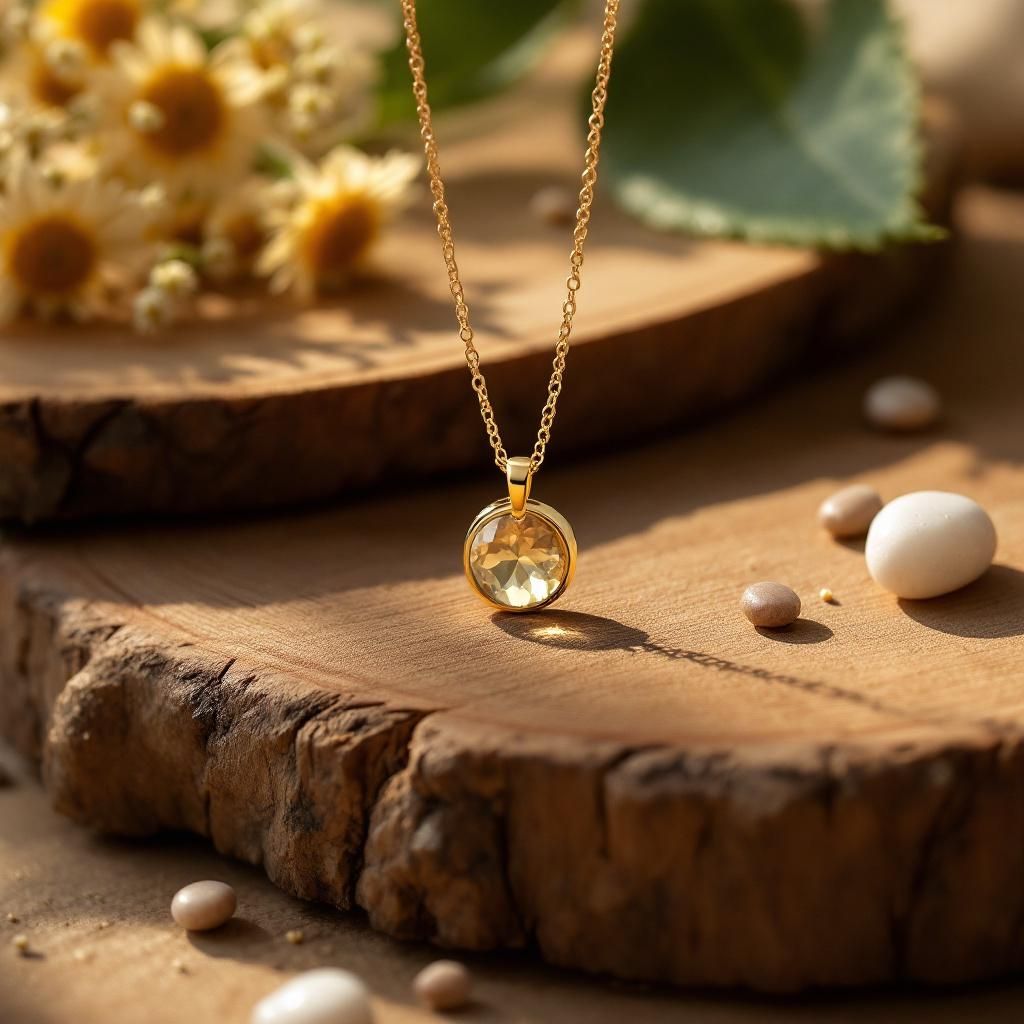
Discover creative ways to photograph jewelry with our curated collection of styling ideas, backgrounds, and professional tips
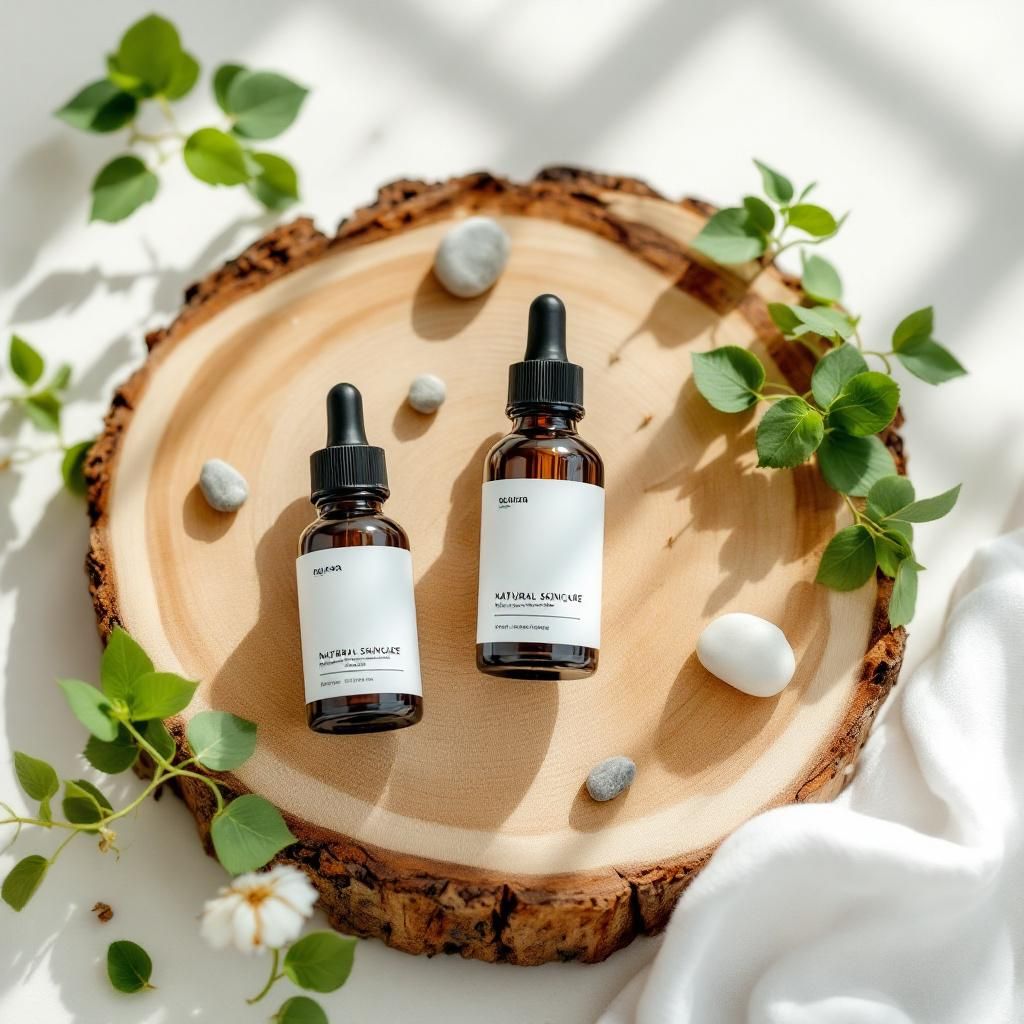
Discover creative ways to photograph cosmetics with our curated collection of styling ideas, backgrounds, and professional tips
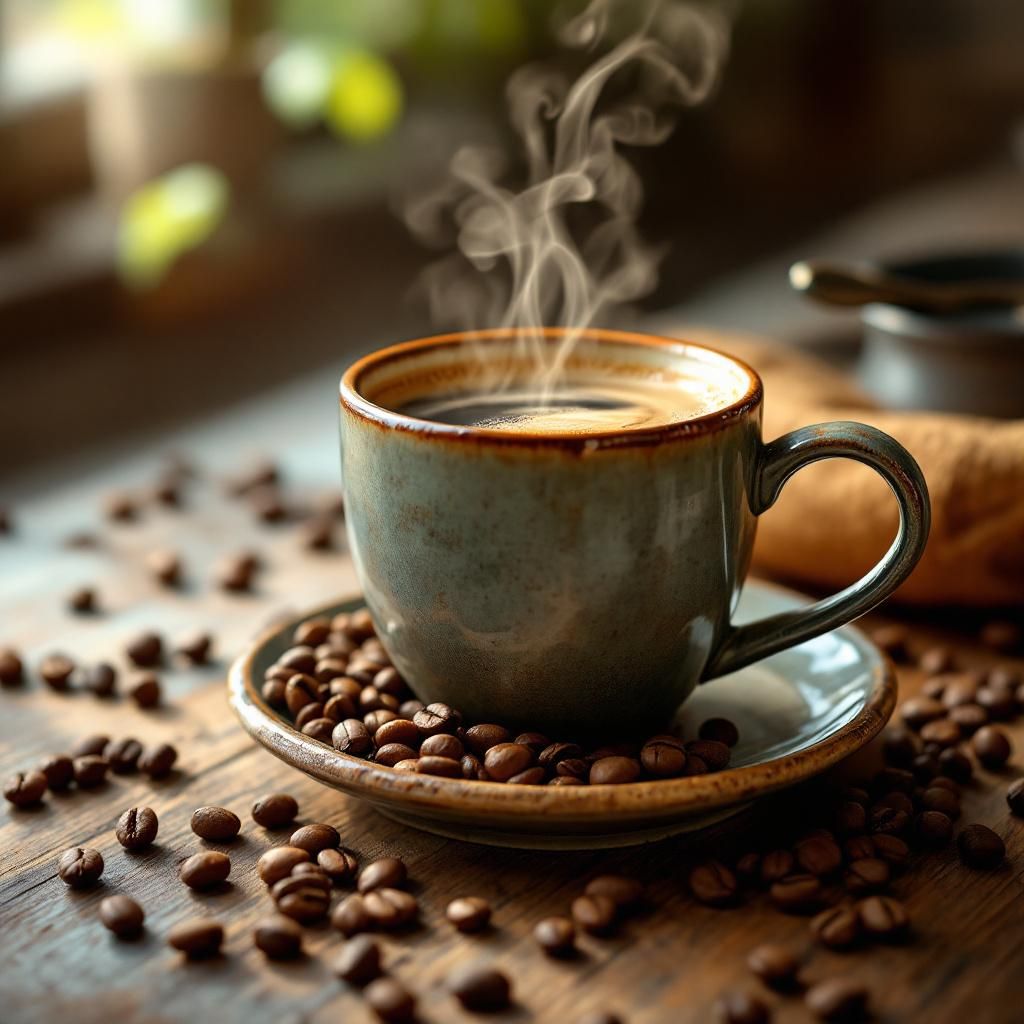
Discover creative ways to photograph drinks with our curated collection of styling ideas, backgrounds, and professional tips
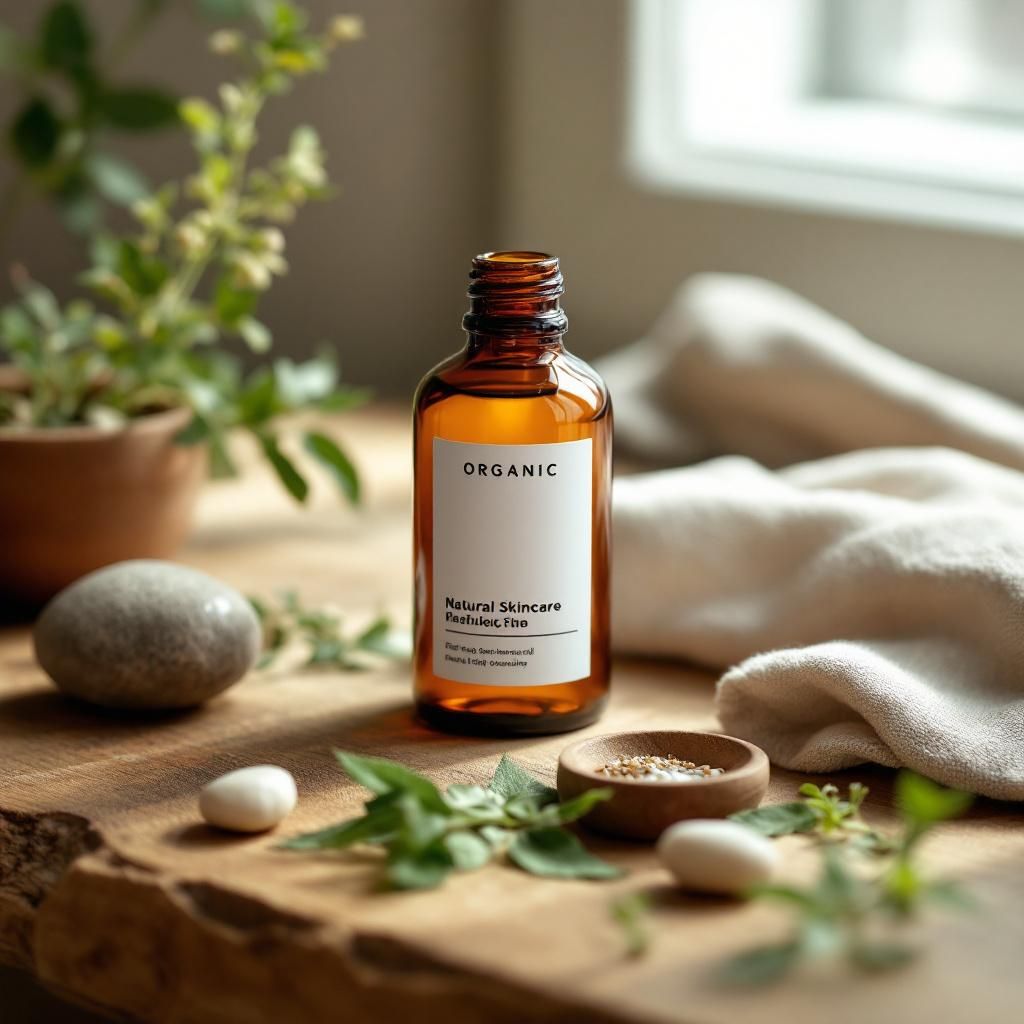
Discover creative ways to photograph beauty products with our curated collection of styling ideas, backgrounds, and professional tips
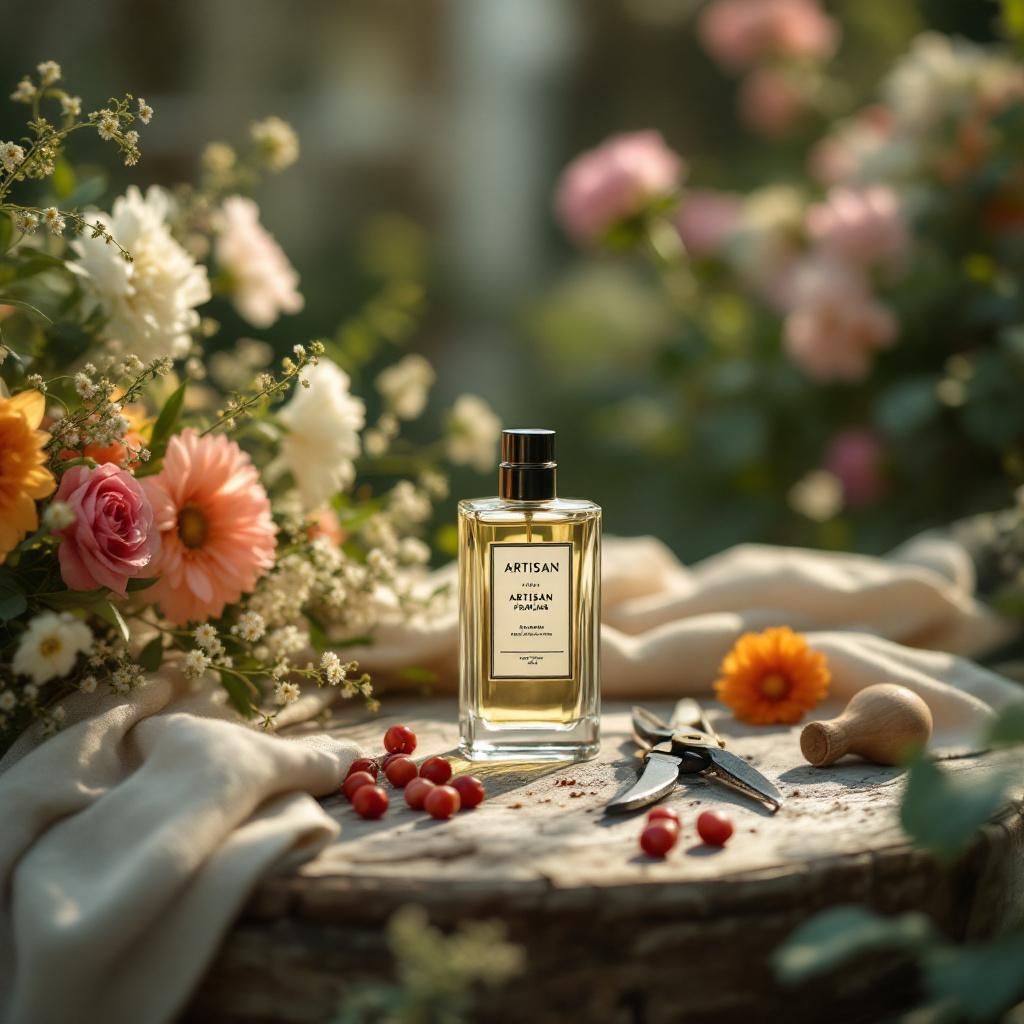
Discover creative ways to photograph fragrances with our curated collection of styling ideas, backgrounds, and professional tips
Ready to Transform Your Product Photos?
Turn your inspiration into reality with AI-powered product photography
Try QuickPixel AI